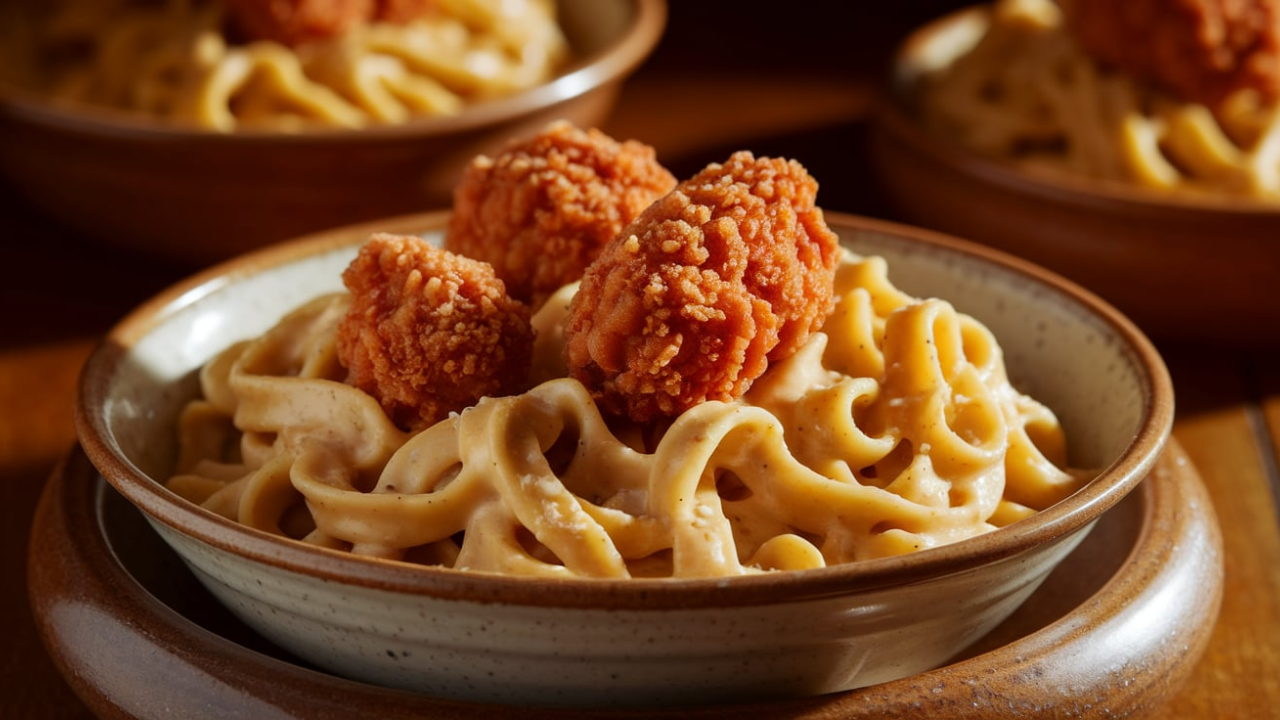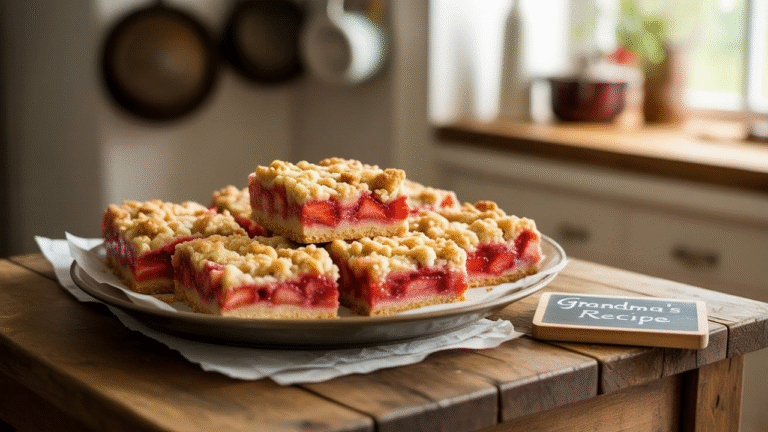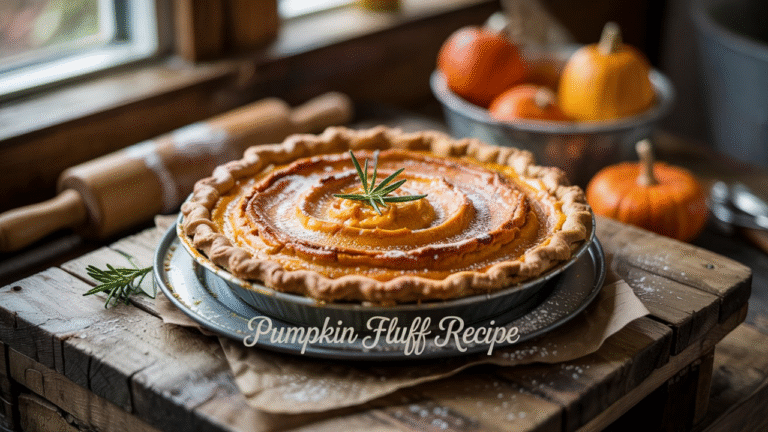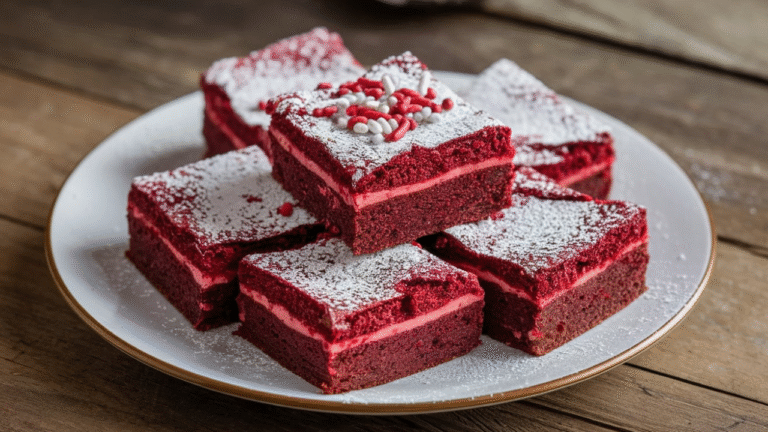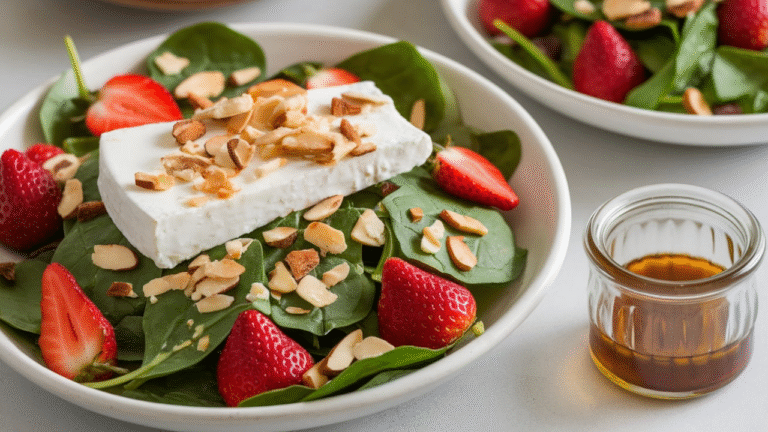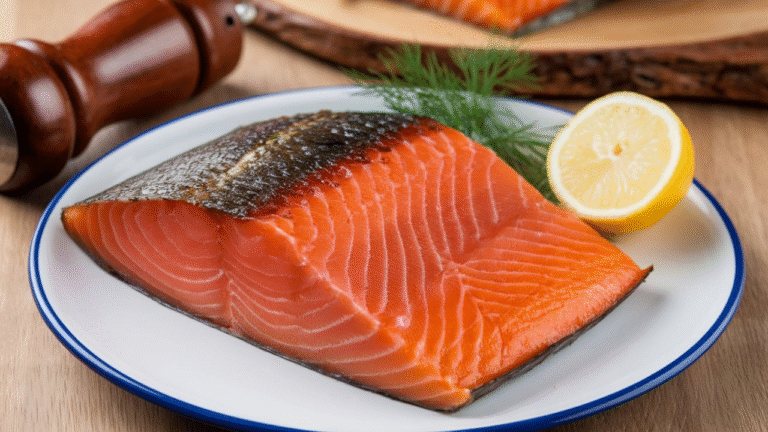If you’ve ever been to Buffalo Wild Wings, you know they’re not just about the wings. One of their most addictive menu items is their Garlic Parmesan Chicken Pasta—creamy, savory, loaded with parmesan, kissed with garlic, and carrying just enough Buffalo Wild Wings flair to make it impossible to stop eating.
Making it at home in under 45 minutes means you get the same rich, restaurant-style flavors without the bill, the wait, or the side-eye from the server when you ask for “extra parmesan, please.”
I’ve cooked versions of this pasta for date nights, family dinners, and even solo Netflix binges, and each time, it wins over even the pickiest eaters. Let’s break it down into technique, flavor balance, and timing precision so you can master it.
Understanding the Buffalo Wild Wings Garlic Parmesan Flavor Profile
Before we start chopping and stirring, we need to reverse-engineer the flavor.
Buffalo Wild Wings’ Garlic Parmesan sauce is not just garlic and parmesan tossed into cream. It’s a layered flavor profile:
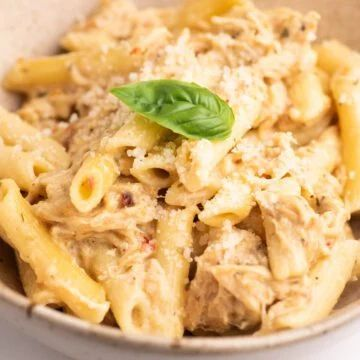
- Savory umami from parmesan cheese.
- Aromatic kick from roasted garlic.
- Slight tang from vinegar in their wing sauce base.
- Creaminess from butter and cream to coat pasta luxuriously.
- Herbal depth from parsley and Italian seasoning.
Recreating this means building flavors in layers—garlic is cooked to just the right point, parmesan is added at the correct temperature, and the cream sauce is balanced so it clings to the pasta without feeling heavy.
Choosing the Right Pasta for Sauce Cling
The wrong pasta shape can sabotage your dish. For this recipe:
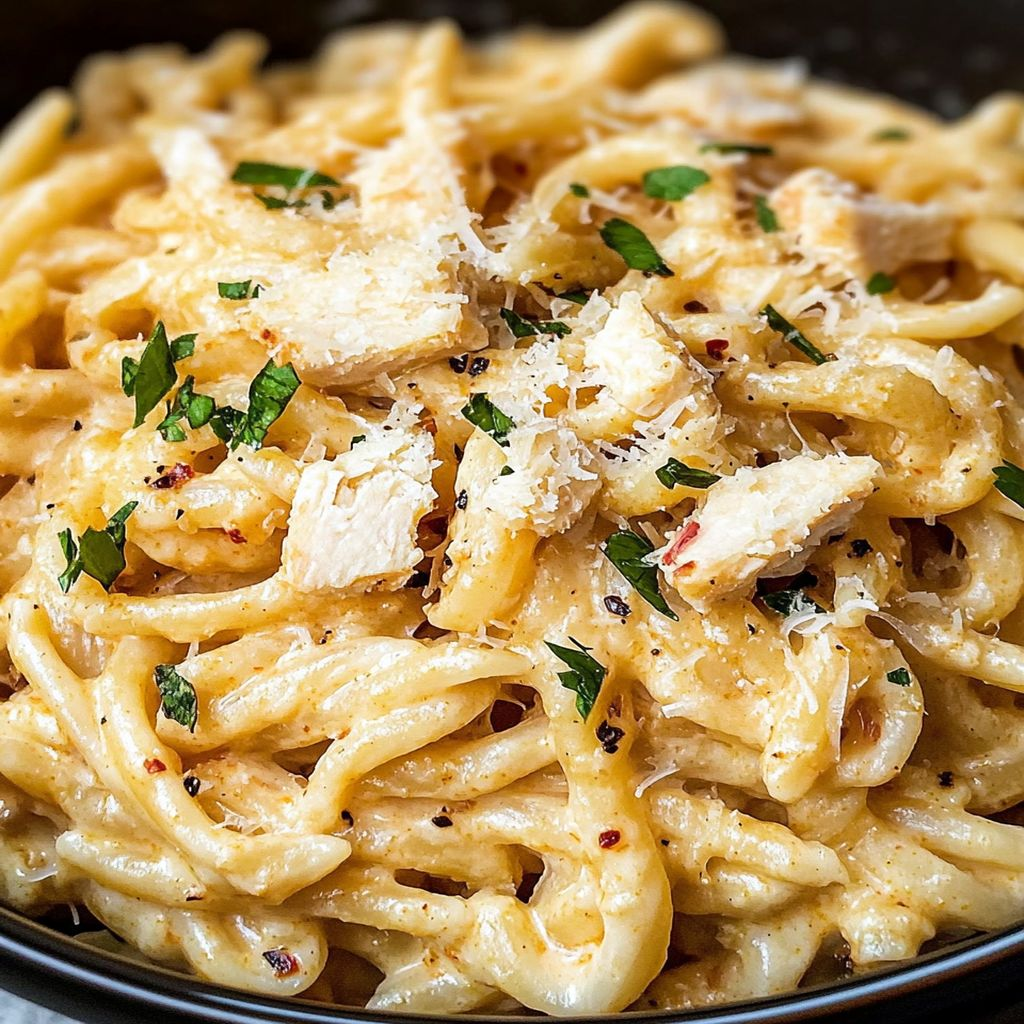
- Fettuccine: Restaurant-like presentation, rich mouthfeel.
- Penne or Rigatoni: Tubular shape traps sauce inside.
- Rotini: Spirals hold on to the garlic parmesan sauce perfectly.
Pro Tip: If you’re after maximum sauce coating (and who isn’t?), choose short pasta with ridges like penne rigate. It mimics the way Buffalo Wild Wings’ sauce sticks to their chicken—thorough and satisfying.
Picking the Right Chicken – Texture Wins Over Everything
The chicken here isn’t just a filler—it’s a co-star.
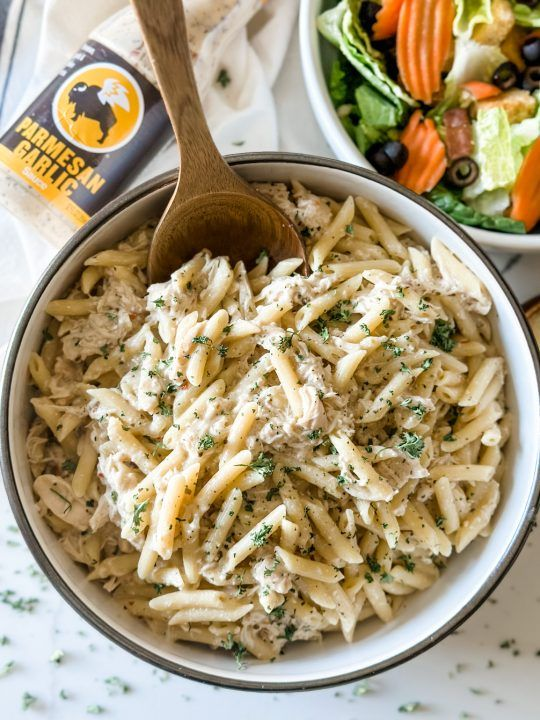
Your options:
- Chicken Breast: Lean, cooks fast, but prone to dryness if you’re distracted.
- Chicken Thighs: More forgiving, juicy, and flavorful.
- Tenderloins: Cook quickly and shred beautifully.
For Buffalo Wild Wings Garlic Parmesan Chicken Pasta, I recommend thin-sliced chicken breasts for two reasons:
- They sear quickly for that golden crust.
- They’re easy to slice into fork-friendly strips.
Cooking Tip: Pound chicken to an even thickness for consistent cooking in under 8 minutes per side.
The Garlic – Your Make-or-Break Ingredient
Garlic is the engine of this recipe, but there’s a wrong way to use it.
- Raw Garlic: Sharp, overpowering, and unpleasant in a creamy sauce.
- Lightly Sautéed Garlic: Nutty, aromatic, and perfect for this dish.
- Roasted Garlic: Sweet and mellow, great if you want a softer profile.
For the Buffalo Wild Wings style, we want lightly sautéed garlic so it stays bold without crossing into bitterness.
Pro Tip: Garlic burns at 350°F (175°C) or higher—keep heat moderate and stir often.
Parmesan – The Creamy Backbone
Buffalo Wild Wings’ garlic parmesan sauce is parmesan-heavy. The choice of cheese matters:
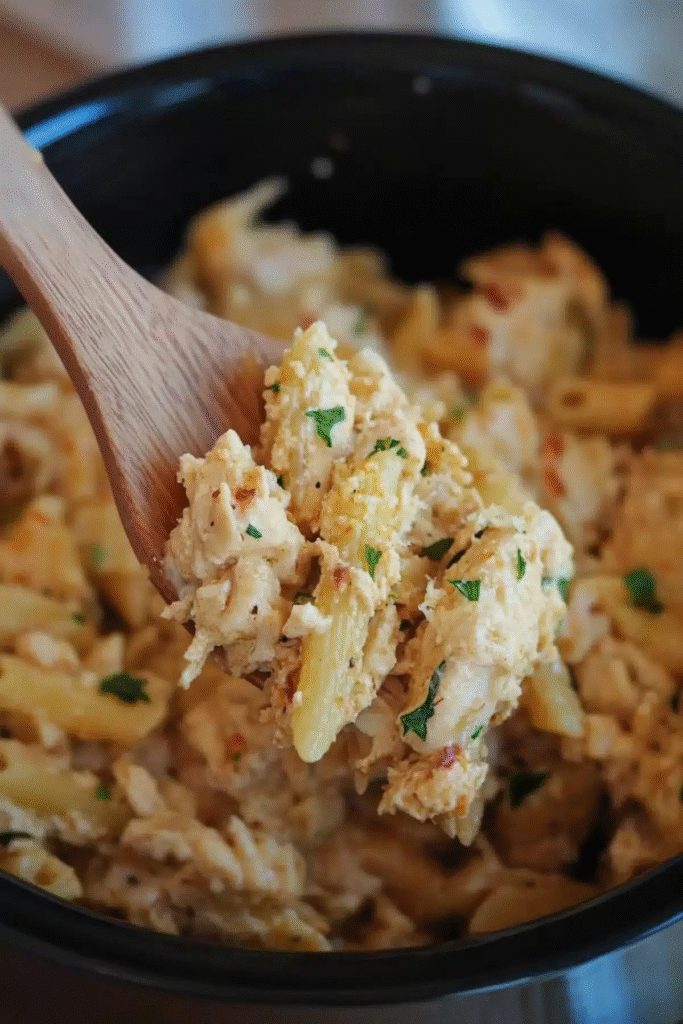
- Freshly Grated Parmigiano-Reggiano: Best flavor and meltability.
- Pre-grated Parmesan: More convenient, but can be grainy.
- Parmesan-Romano Mix: Adds a sharper, saltier bite.
Best Practice: Add parmesan off the direct heat to avoid clumping. Stir into warm sauce just before tossing pasta.
Building the Cream Sauce – Restaurant-Level Technique
The difference between a good cream sauce and a Buffalo Wild Wings–style sauce is emulsion—blending fat and liquid so they don’t separate.
Steps:
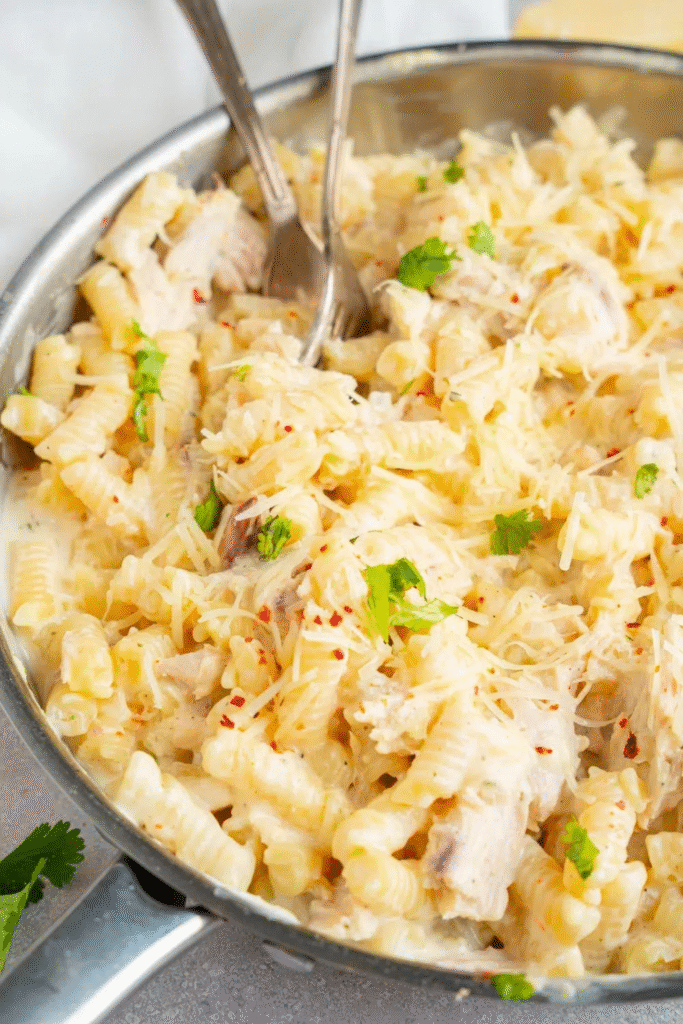
- Make a Garlic Butter Base: Melt butter, add minced garlic, sauté until fragrant.
- Add Cream: Heavy cream is ideal for richness; half-and-half for lighter texture.
- Season Early: Salt, pepper, Italian herbs, and a dash of red pepper flakes.
- Thicken with Cheese: Stir in parmesan slowly, off the heat.
- Balance with Acid: A small splash of white wine or vinegar mimics the tang in Buffalo Wild Wings’ sauce.
Pro Tip: If sauce feels too thick, add pasta water (full of starch) to loosen it while keeping it clingy.
Cooking Timeline – How to Hit 45 Minutes
Here’s how you can cook efficiently without cutting corners.
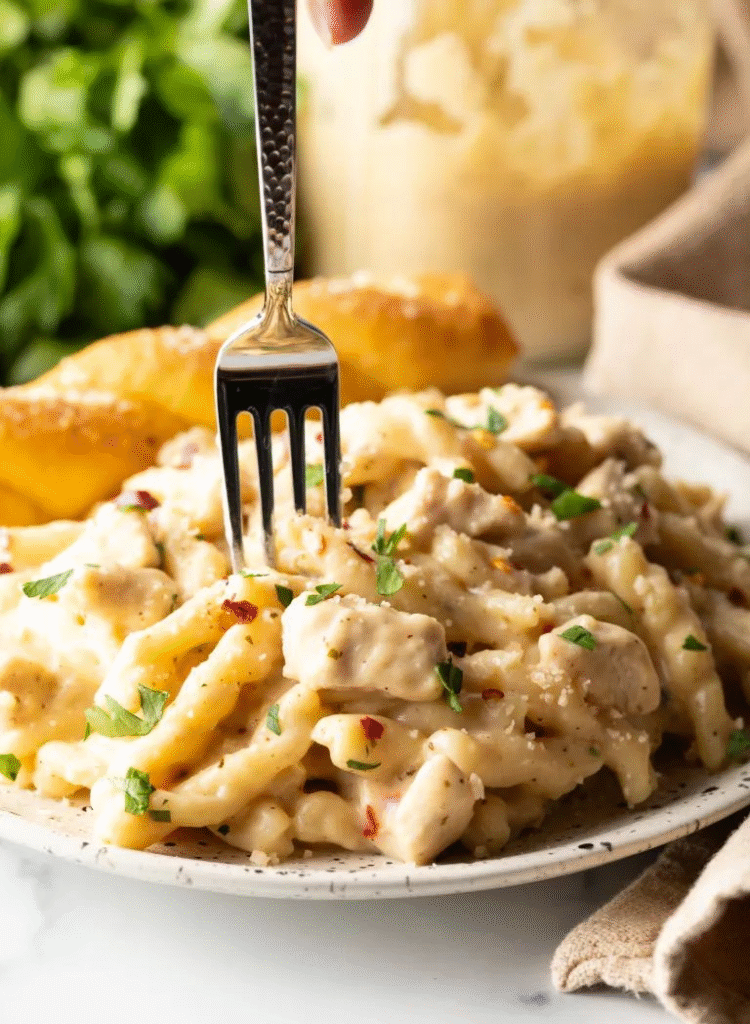
Minute 0–5: Prep
- Slice chicken, mince garlic, grate parmesan, boil water for pasta.
Minute 6–15: Sear Chicken
- Season with salt, pepper, paprika.
- Sear until golden brown, then set aside.
Minute 16–25: Cook Pasta
- Salt water generously—this seasons pasta from the inside.
- Cook pasta to al dente, reserve 1 cup pasta water.
Minute 26–35: Build Sauce
- Garlic butter base, add cream, season, thicken with parmesan.
Minute 36–40: Combine
- Toss pasta with sauce, fold in chicken strips.
Minute 41–45: Garnish and Serve
- Sprinkle fresh parsley, extra parmesan, maybe a drizzle of Buffalo Wild Wings garlic parmesan wing sauce if you have it.
Flavor Boosters for Extra Restaurant Vibes
- Buffalo Wild Wings Garlic Parmesan Wing Sauce: Available bottled—drizzle over the top for authenticity.
- Crushed Red Pepper Flakes: For heat.
- Fresh Herbs: Parsley or basil for brightness.
- Crispy Bacon Crumbles: Smoky contrast to creamy sauce.
Nutritional Stats – What You’re Eating
Average per serving (based on 4 servings):
- Calories: 550–620
- Protein: 35–40g
- Carbs: 45–55g
- Fat: 25–30g
Health Adjustments:
- Use light cream instead of heavy cream.
- Swap regular pasta for chickpea or zucchini noodles.
- Grill chicken instead of pan-frying to cut fat.
Common Pitfalls to Avoid
- Overcooked Pasta: It will keep cooking in the sauce—pull it early.
- Clumpy Cheese: Add parmesan slowly, off heat.
- Dry Chicken: Pound to even thickness and avoid overcooking.
- Underseasoned Sauce: Taste often—parmesan adds salt, so adjust at the end.
Serving Ideas Beyond Dinner
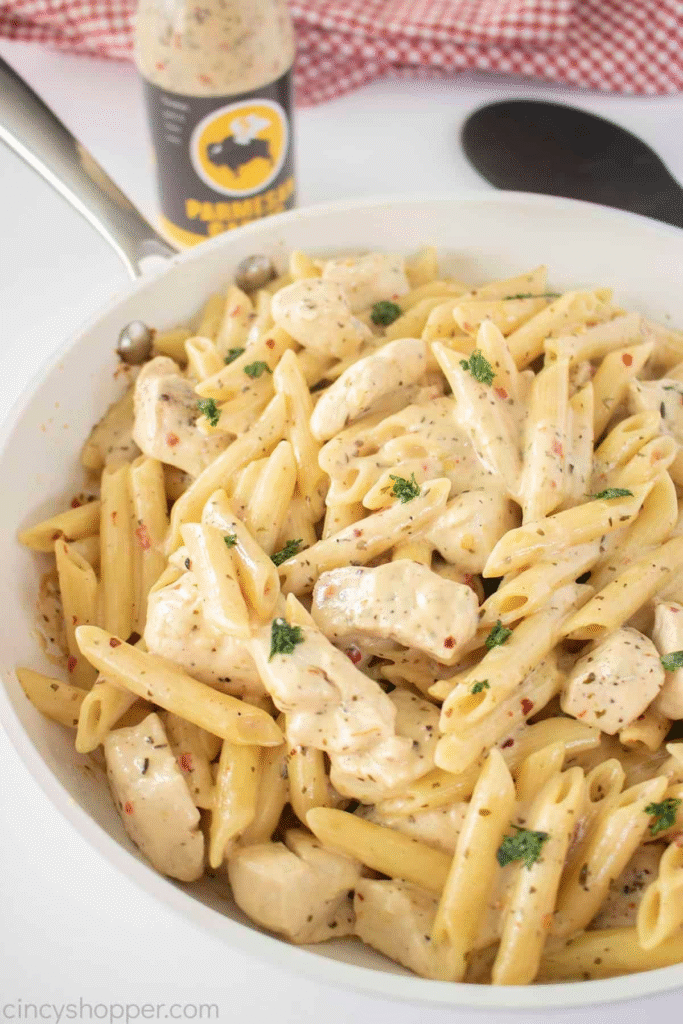
- Game Day: Serve smaller portions in cups for easy eating.
- Family-Style: Big bowl in the middle of the table with extra parmesan on the side.
- Date Night: Pair with garlic bread and a crisp white wine.
Storage and Reheating Tips
- Fridge: 3–4 days in airtight container.
- Reheat: Low heat on stove with splash of cream or milk.
- Freezer: Not recommended with cream sauces—they can split.
Why This Recipe Beats Takeout
- Time: 45 minutes at home vs. ordering and waiting.
- Cost: Average $3–$4 per serving at home vs. $15–$18 at the restaurant.
- Customization: Control garlic strength, pasta type, and spice level.
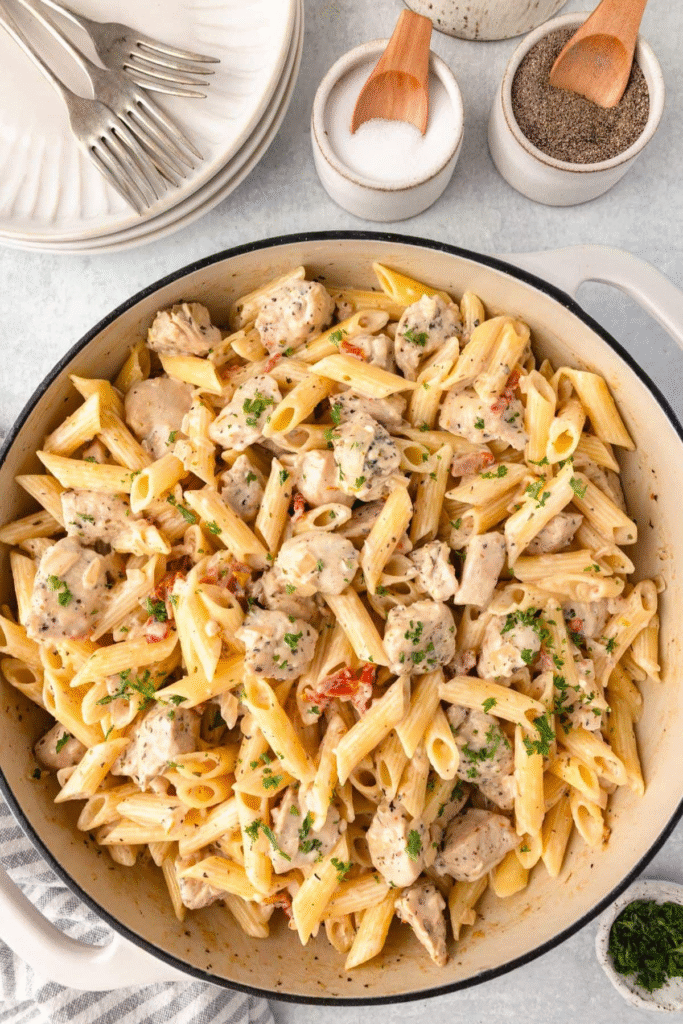
Final Takeaway
Buffalo Wild Wings Garlic Parmesan Chicken Pasta at home in 45 minutes isn’t just possible—it’s better than the restaurant version because you control every detail. You get creamy sauce that hugs every pasta curve, perfectly cooked chicken, and the freedom to tweak flavors to your exact liking.
Once you make it this way, it becomes one of those “in your back pocket” recipes you can whip up for almost any occasion.

